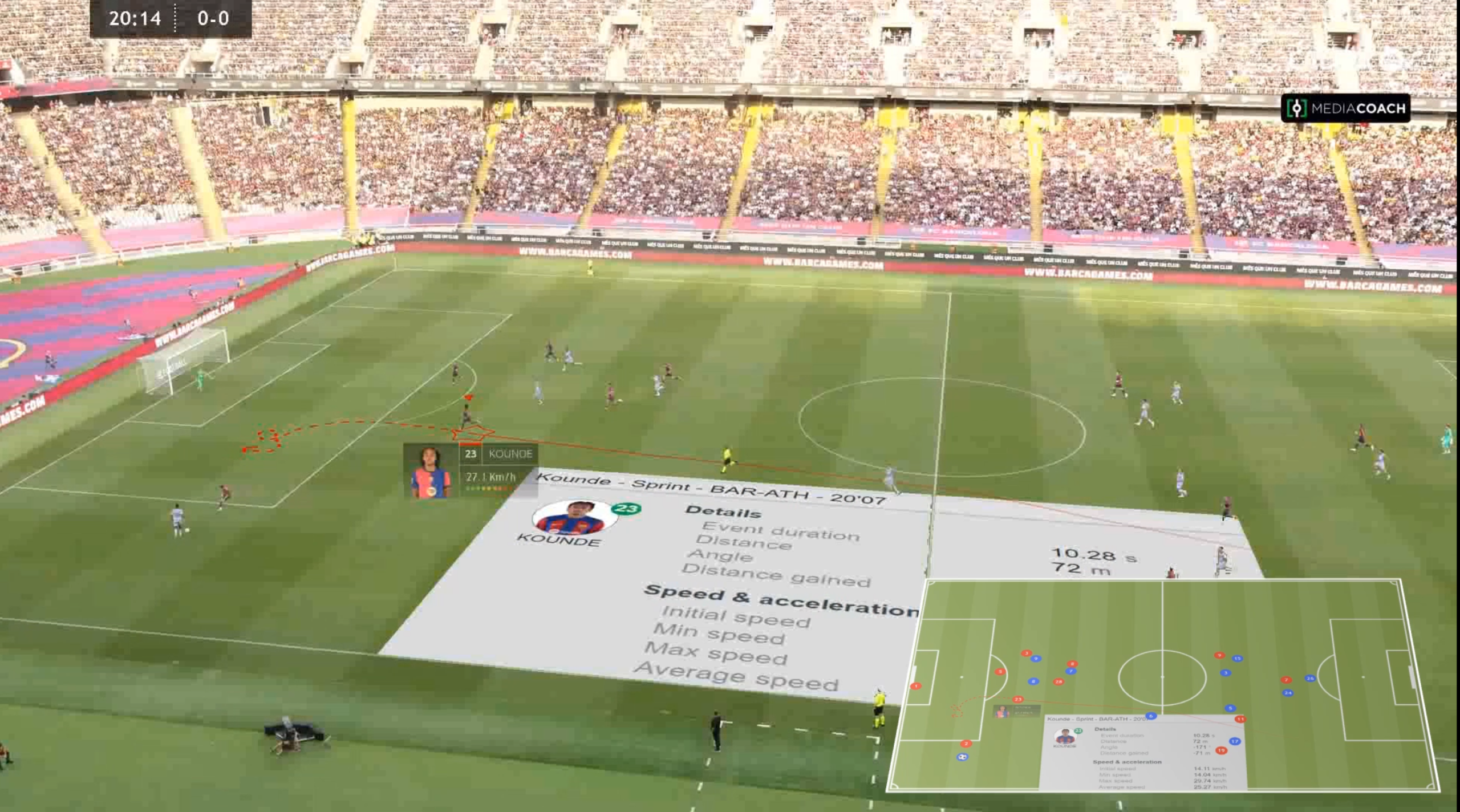
19 Sep How does the final ranking influence the physical performance of professional soccer teams?
In professional soccer, coaches are constantly searching for ways to optimize their teams’ performance. A recent study, published by researchers from LaLiga, analyzed the physical performance of teams in LaLiga SmartBank (Spanish Second Division) over three consecutive seasons (2015-2018). The findings provide key insights that can help coaches improve both training planning and match-day strategies.
Distance covered is not the same as performance One of the most striking results of this study is that teams in the lower positions of the table cover more total distance (TD) during matches compared to higher-ranked teams. However, this does not mean that covering more meters is an indicator of success. In fact, teams in the top positions of the table cover more meters at high speed (over 24 km/h) and perform more sprints at that speed.
How to apply this to everyday training? Total distance covered should not be the sole focus in training. It is important to train players to effectively perform high-intensity sprints, as this is what truly makes the difference in terms of performance. The key is not to run more, but to run better, maximizing speed during crucial moments of the match.
Relationship between intensity and results The study also shows that teams that win matches are those that cover more distance at high speeds and perform more sprints over 24 km/h compared to teams that draw or lose. Additionally, teams that lose are those that cover less total distance and accumulate fewer high-intensity sprints.
Tip for coaches: High-intensity training should be prioritized, ensuring that players are prepared to perform explosive efforts when necessary. These quick actions can be crucial for outpacing opponents, especially during critical moments like counterattacks or fast defensive transitions.
What to train to improve league position? According to the data, teams at the top of the league cover less total distance than teams in the lower positions. This suggests that more successful teams do not rely on the quantity of distance covered but on the quality of their high-speed actions.
Practical application: This doesn’t mean that teams should reduce their overall physical capacity, but rather that they should improve their ability to perform high-intensity actions. It is essential to train not only general endurance but also the ability to repeat quick sprints, which seems directly related to success in competition.
Key takeaways for coaches
- Sprints and high speed are key factors for winning: The amount of distance covered at over 24 km/h and the number of high-speed sprints are decisive factors for successful teams.
- Running a lot doesn’t guarantee success: Teams that run the most aren’t necessarily the ones that achieve better results. Training players to be more effective during high-intensity moments can make a big difference.
- Training planning: Incorporating training sessions focused on short, explosive efforts will improve both the physical and tactical performance of players, especially under pressure during matches.
This study is a great tool for soccer coaches looking to adjust their training methods to maximize player performance, ensuring that they not only run more but also run more efficiently and effectively during key moments of matches.
Here’s the full study: https://doi.org/10.12800/ccd.v18i57.2018


